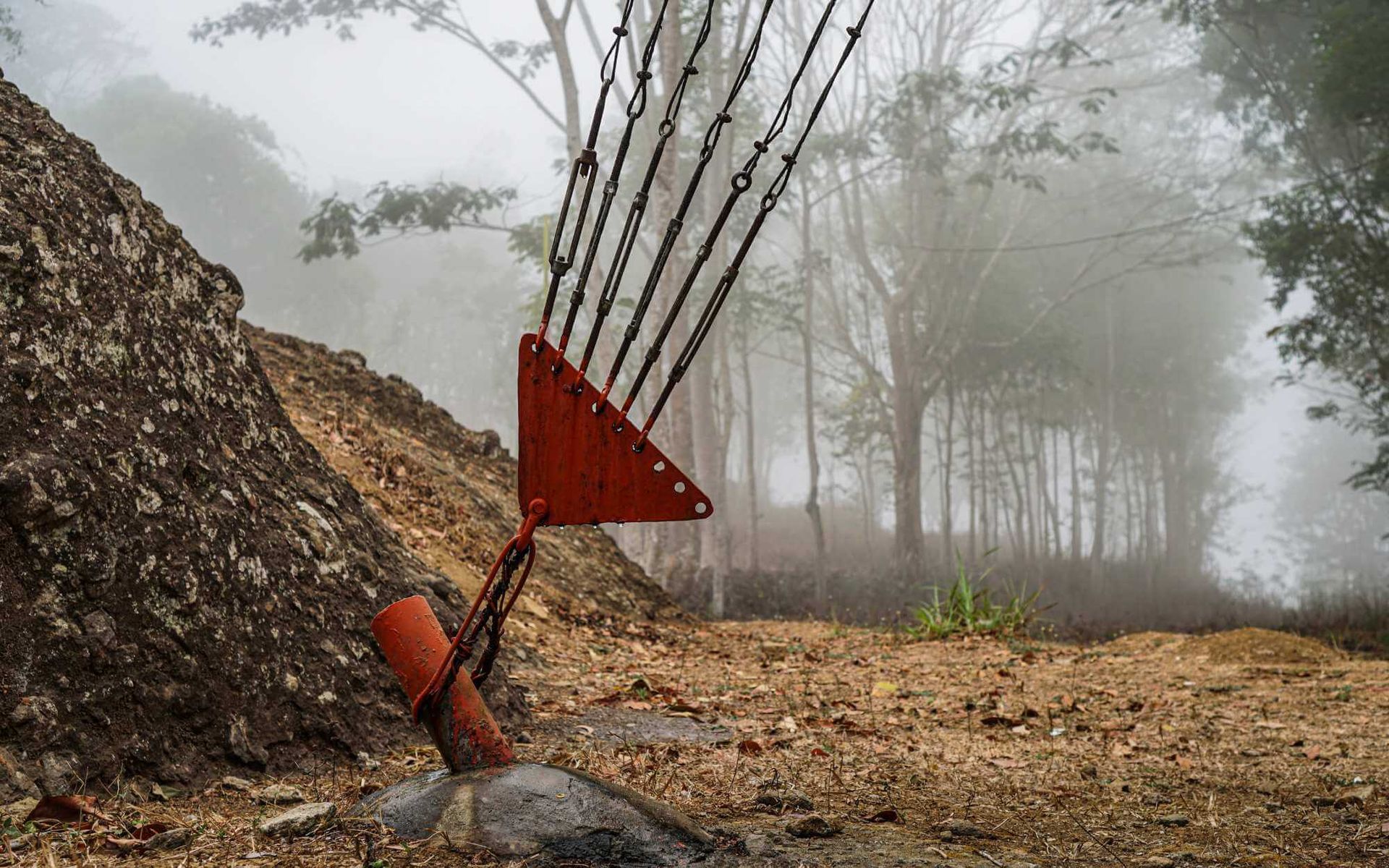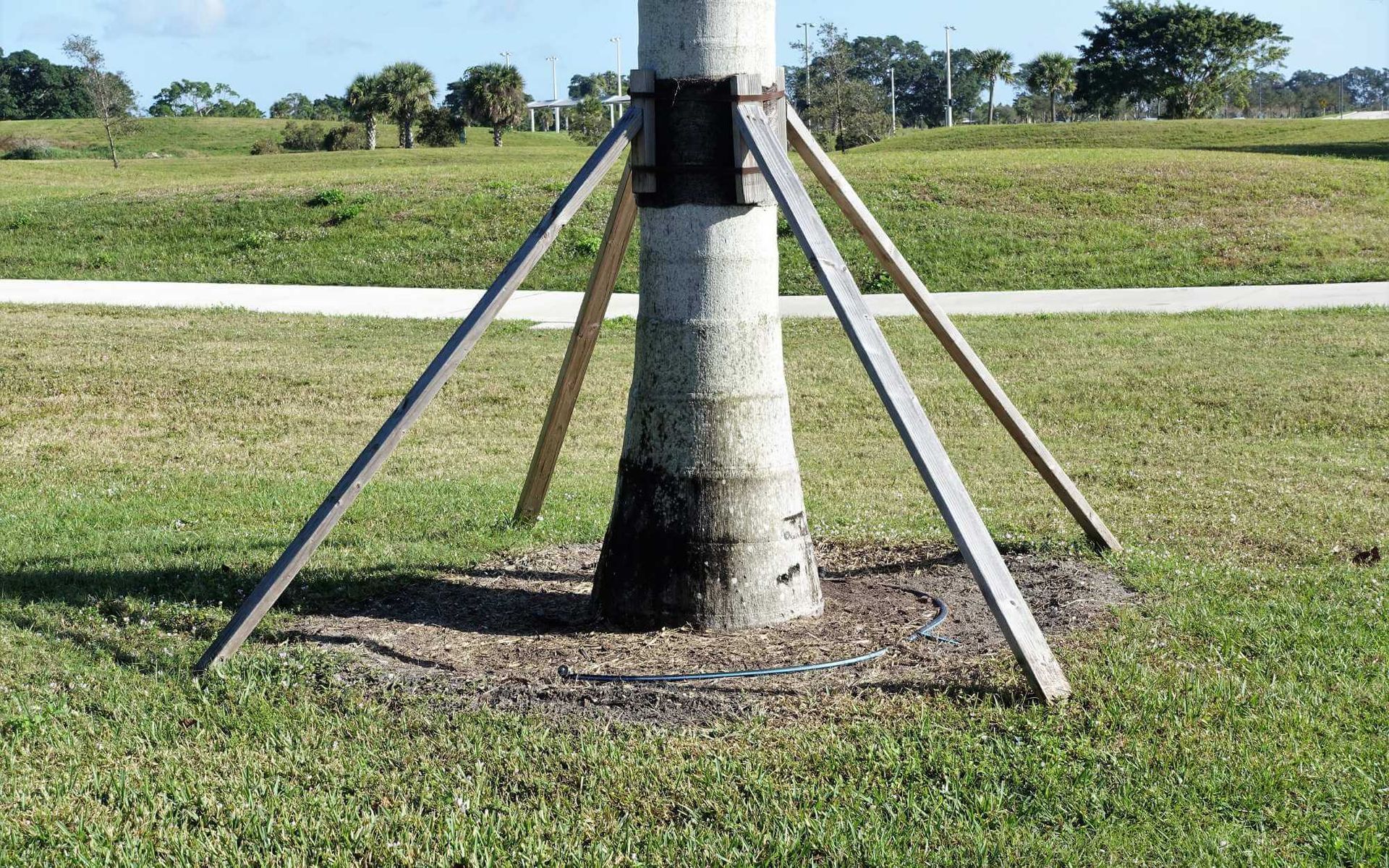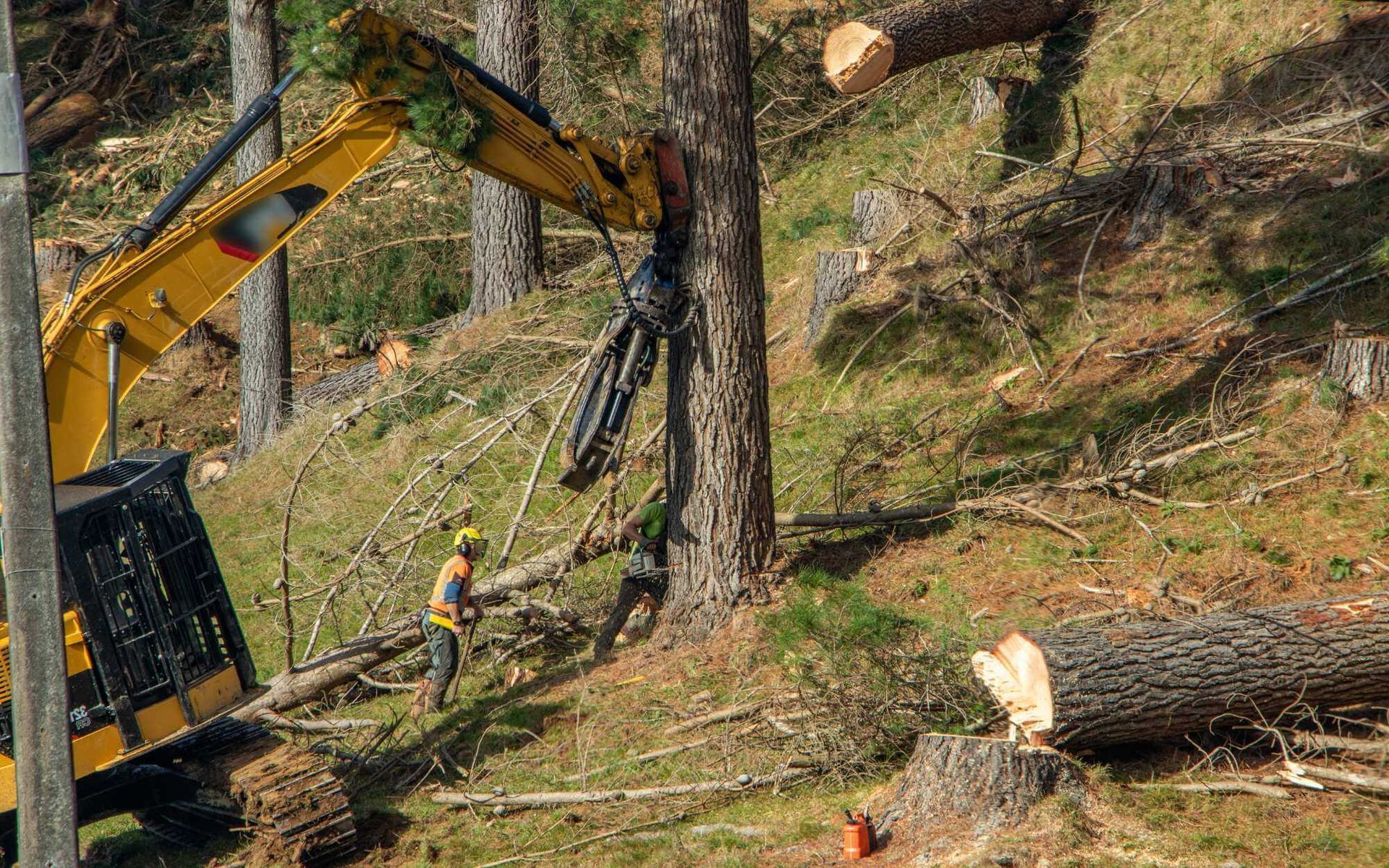Pro Tips for Installing Professional Tree Support Systems
PUBLISHED ON
SHARE THIS ARTICLE

In the world of arboriculture, ensuring the optimal health and longevity of your trees is paramount. A crucial aspect of this involves implementing robust tree support systems.
Proper tree support not only helps maintain the structural integrity of trees but also significantly contributes to their overall growth and development. However, the installation process is equally important and can greatly benefit from professional techniques. Finesse in installation ensures the support system fulfills its role effectively without causing harm to the tree.
Today, we're delving into some
professional tree support installation tips, showcasing the value of precision and expertise in this critical task.
Assessing Tree Support Needs
Identifying trees in need of support systems begins with a thorough assessment of tree health and stability. Observe for signs of instability such as a leaning tree trunk, a visible root system, or soil upheaval at the base, suggesting the tree may be at risk of falling. Examine the tree's overall health; look for disease symptoms including discoloration, wilting, or unusual growth patterns.
An unhealthy tree can benefit from a support system to prevent breakage and further damage. Moreover, remember that young, newly planted trees or those located in high-wind areas may also require additional support to ensure their stable growth.
Selecting the Right Support System

There are primarily two types of professional tree support systems - tree cabling and bracing.
Tree cabling involves the installation of flexible steel strand cables between tree branches to redistribute weight and reduce the risk of breakage. Bracing, on the other hand, employs rigid steel rods to bolster weak tree limbs, providing added strength and stability. Other ways to support trees are tree staking and guying.
Choosing between the two involves various considerations. The tree's health, species, age, structure, and location weigh heavily in the decision. Additionally, the severity and location of the weak structure, and the specific environmental risks posed, such as prevailing wind, heavy snow load, or any severe weather, should also be considered.
Preparing for Installation
Before embarking on installation, gather essential tools such as a cable tensioner, branch grips, drill, and the appropriate cabling or bracing material. Also, remember to wear safety gear, including a helmet, gloves, and harness for high tree work. It's crucial to ensure the safety of all personnel during the installation process.
Establish a safe work zone, provide adequate training on equipment use, and follow industry standards for installation procedures. Planning for potential risk scenarios, like falling branches or sudden weather changes, will further enhance safety.
Lastly, always have a first-aid kit on hand for emergencies.
Installation Techniques

Begin installation by determining the optimal points for cable placement. Typically, this is two-thirds of the distance from the weak branches to the trunks.
Drill holes at these points, ensuring no more than one-quarter of a tree's circumference is drilled at any one time. Insert the cable into the drilled holes, securing it with branch grips. Use a cable tensioner to adjust the tension, ensuring the cable is taut but not overly tight.
For bracing, drill vertically through the weak branch, insert the rod, and fasten with nuts at both ends. Routinely inspect the system for rigidity and adjust as needed.
Remember, professional installation is preferable to DIY attempts as incorrect installation can harm the tree and reduce the system's effectiveness.
Regular Maintenance and Inspection
Regular maintenance and inspection of tree support systems are paramount to ensure their efficacy and the continued health of the tree. Over time, these systems may loosen or get damaged due to weather conditions or tree growth.
Monitoring for changes in the tree's structure, visible loosening or damage to the cabling or bracing, and signs of distress in the tree, like leaning or decay, is crucial. These symptoms may indicate that the support system is failing.
It's important to seek professional tree bracing advice or tree cabling help promptly when such signs are evident. An expert in the tree care industry can assess the situation, make necessary adjustments, or recommend a new support system if needed.
Ensure proper installation of support systems for tree stability!
Ensuring the health and longevity of trees necessitates the correct installation of robust tree support systems. With a careful assessment of tree health and stability, proper selection between cabling and bracing, meticulous installation, and regular maintenance, you can significantly enhance growth and development and boost your tree's life.
Seek professional help to ensure optimal installation and maintenance. Remember, your trees' health and stability rely heavily on these efforts. Encourage others to adopt these practices for thriving, healthy trees.
Want a free quote or some friendly advice? Call our team today:






